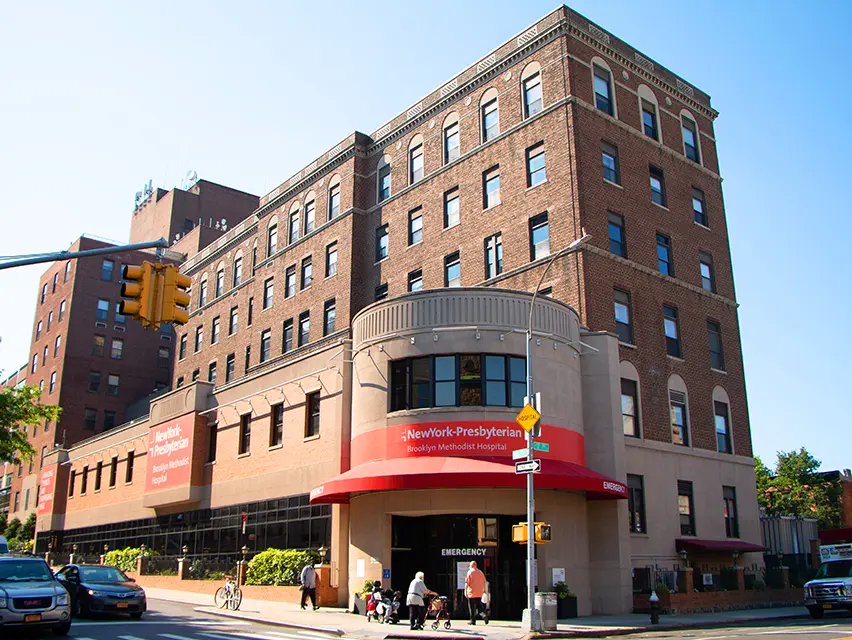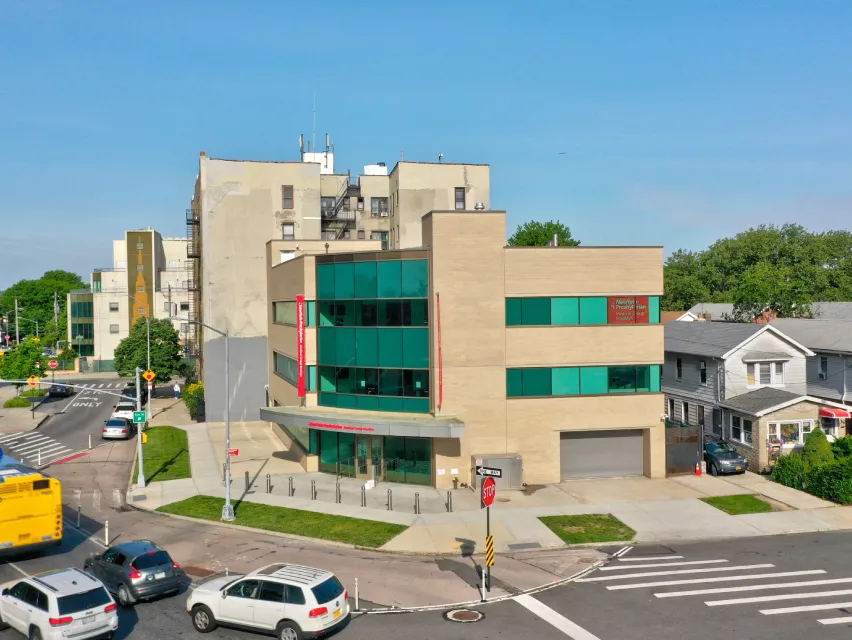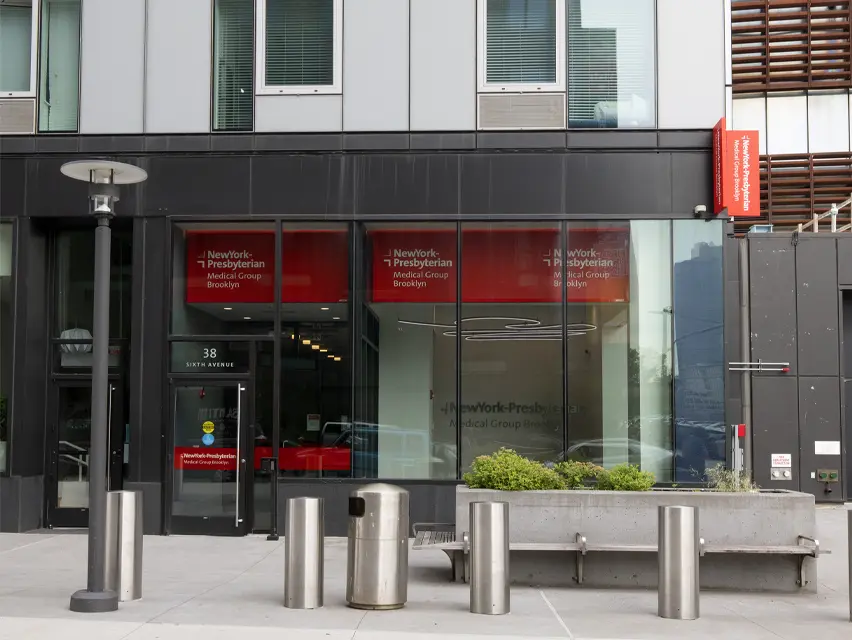If you have an injury or condition affecting your hand, elbow, or shoulder, the experts at NewYork-Presbyterian Brooklyn Methodist Hospital are here to help. We provide cutting-edge treatment for a range of hand and upper-extremity issues from arthritis to rotator cuff tears. With over a thousand hand and upper extremity surgeries done each year, you can trust that our team has the expertise needed to restore your function and improve your quality of life.
Our comprehensive solutions are tailored to each patient’s unique needs and recovery goals. We have expertise in innovative surgical procedures, such as arthroscopy, joint replacement, nerve decompression, and tendon reconstruction. We also offer non-surgical options, including injections, bracing and splinting, and physical and occupational therapies, for conditions that can be treated with a more conservative approach. Whether you’re dealing with a trauma injury, arthritis, nerve compression, or a congenital deformity, we’ll partner with you on a treatment plan that helps you return to daily activities with confidence.










